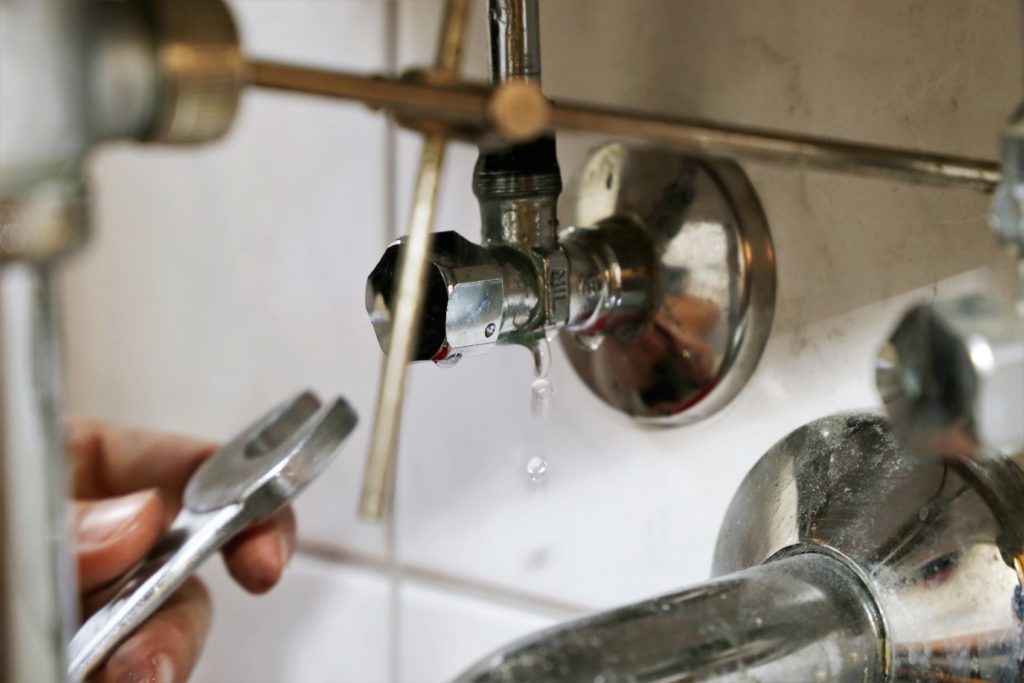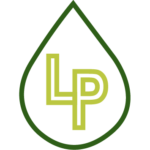LEAK DETECTION

Leak Detection: What it is and Why it's Important
Leaks are an unfortunate reality of owning a property, whether it’s a residential or commercial space. From burst pipes to leaking roofs, leaks can cause significant damage and result in costly repairs. In some cases, leaks can also pose a safety hazard, especially if they involve gas lines. That’s why leak detection is such an essential service in the plumbing and construction industries.
What is Leak Detection?
Leak detection is the process of identifying and locating leaks in pipes, roofs, walls, and other areas of a property. It involves the use of specialized equipment and techniques to pinpoint the source of a leak and determine the best course of action to repair it. The goal of leak detection is to minimize damage to the property and reduce the risk of further damage or safety hazards.
The Importance of Leak Detection
There are several reasons why leak detection is important, including:
1. Cost Savings
Leaks can cause significant damage to a property and result in high repair costs. For example, a leaky pipe can lead to water damage, mold growth, and structural damage. By detecting leaks early on, property owners can avoid costly repairs and save money on their water bills.
2. Property Protection
Leaks can damage a property’s structure and compromise its integrity. If left undetected, leaks can cause walls to weaken, floors to warp, and roofs to collapse. By detecting leaks early on, property owners can protect their investment and prevent further damage.
3. Health and Safety
Leaks can pose a health and safety hazard, especially if they involve gas lines or toxic substances. For example, a gas leak can cause an explosion or carbon monoxide poisoning. By detecting leaks early on, property owners can avoid these hazards and protect their occupants.
4. Environmental Protection
Leaks can waste water and harm the environment. For example, leaking tapware can waste hundreds of litres of water per year. By detecting leaks early on, property owners can reduce their water consumption and minimize their impact on the environment.
Types of Leak Detection
There are several types of leak detection methods, including:
1. Visual Inspection
Visual inspection involves examining a property for signs of leaks, such as water stains, mold growth, and warped floors. While visual inspection can be helpful, it’s not always effective in detecting hidden leaks.
2. Acoustic Detection
Acoustic detection involves using specialized equipment to detect the sound of water flowing through pipes or other areas. This method can be effective in detecting hidden leaks.
3. Thermal Imaging
Thermal imaging involves using infrared cameras to detect changes in temperature that may indicate the presence of a leak. This method can be effective in detecting leaks in walls and roofs.
4. Gas Detection
Gas detection involves using specialized equipment to detect the presence of gas leaks. This method is commonly used in commercial and industrial settings where gas leaks can pose a serious safety hazard.
The Leak Detection Process
The leak detection process typically involves the following steps:
1. Initial Assessment
The first step in leak detection is to assess the property and determine the source of the leak. This may involve a visual inspection or the use of specialized equipment.
2. Leak Detection
Once the source of the leak has been identified, the next step is to detect the location of the leak. This may involve the use of acoustic detection, thermal imaging, or other methods.
3. Repair
Once the leak has been located, the next step is to repair the leak. This may involve replacing a pipe or repairing a roof. In some cases, the repair may be simple, while in others, it may require significant work.
4. Follow-up Inspection
After the leak has been repaired, it’s important to conduct a follow-up inspection to ensure that the repair was successful and that no further leaks are present

